Climate Science
We know very well that our planet’s climate is changing, but what is climate change and why is it happening? And has it got anything to do with the ozone hole? Read the sections below for a climate change 101.
Greenhouse Earth

Because it is a long distance from the Sun, the Earth should be a very cold place, with an average temperature of -18°C. Such a cold Earth would not be hospitable for humans, or for much other life on our planet.
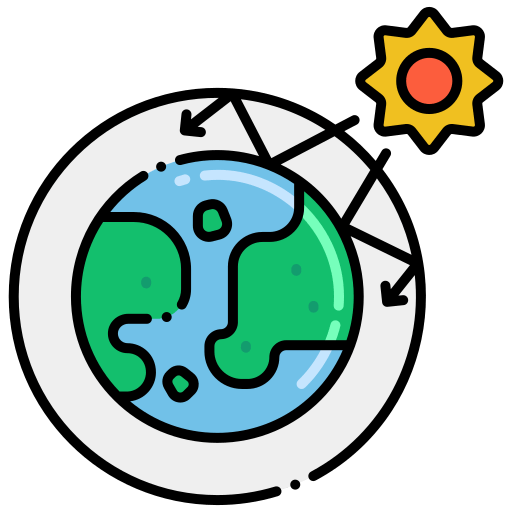
What keeps Earth from being a frozen planet is our atmosphere. Made of a combination of gases, including Nitrogen, Oxygen, Argon, Carbon Dioxide and water vapour, the atmosphere traps heat from the sun and raises the average temperature to 15°C.
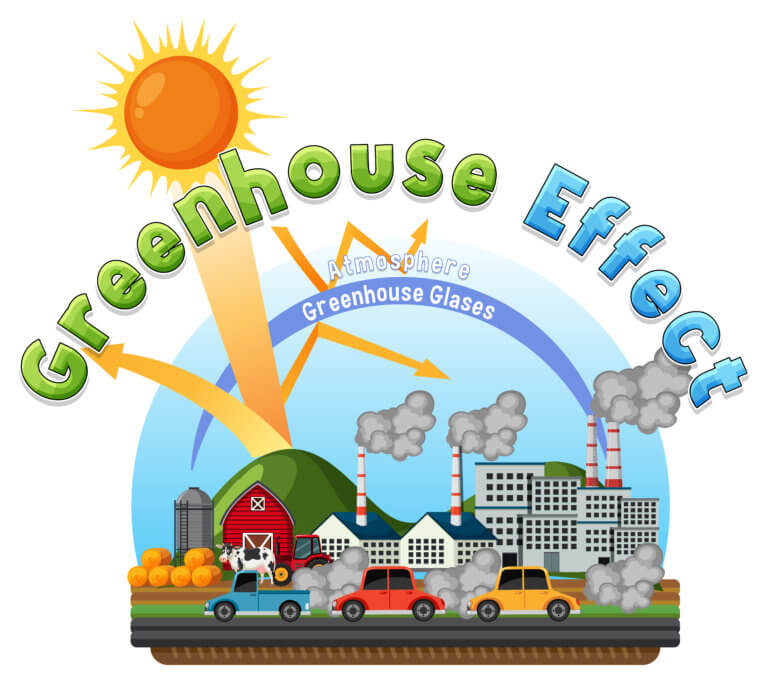
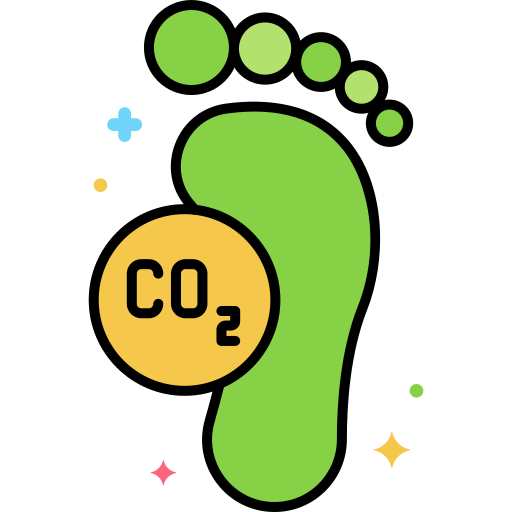
Although it makes up such a tiny proportion of our atmosphere, Carbon Dioxide (CO2) – also called a ‘greenhouse gas’ – is responsible for most of this warming effect. Heat-trapping gases including CO2, water vapour, methane, nitrous oxide and fluorines contribute to the 'Greenhouse Effect' where the atmosphere becomes like a really thick blanket that keeps the sun's heat in, rather than letting it back out into space.
What is the carbon cycle?

Our planet is effectively a closed system, in which carbon cycles naturally between the oceans, the atmosphere and the biosphere (living things). Although CO2 concentrations in the atmosphere have fluctuated very slowly over time, they have stayed within the same broad limits for millenia. Take a look at this video that explains the carbon cycle:
Humans heating the planet

Since the 1800s humans have been changing the Earth’s atmosphere. To power the growing need for energy as countries industrialised, humans started to extract from the ground increasing amounts of fossil fuels – coal, oil and gas. We have also cleared forests and vegetation, one of the important ways that the biosphere re-absorbs carbon.

Produced some 300 million years ago in the Carboniferous geological period, ancient fuels are carbon and energy rich. They have allowed humans to do many remarkable things. But by burning fossil fuels, humans have added enormous amounts of CO2 to our atmosphere. We have disrupted the carbon cycle, and in doing so, we have heated the planet.
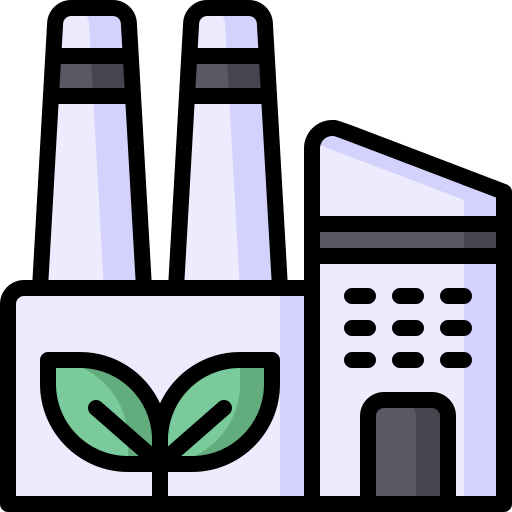
This graph shows very clearly how the level of CO2 in the atmosphere has changed over time with a huge increase in CO2 in the atmosphere in the 20th century. The amount of CO2 in the atmosphere is closely linked to the global temperature. Our Neanderthal relatives were first seen 400,000 years ago, and humans like us only 200,000 years ago. So no humans have ever experienced the amount of CO2 - or the temperature, that we are experiencing.
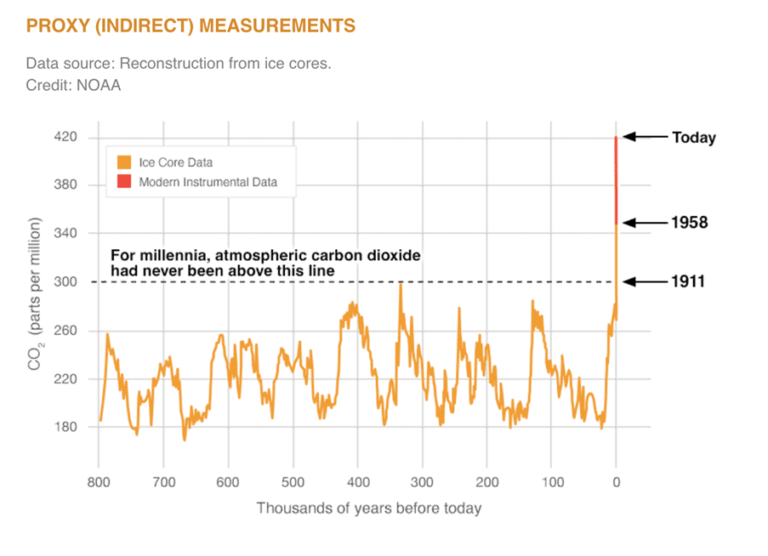
Sourced from: NOAA Climate.gov

Before the Industrial Revolution when humans started to burn fossil fuels on a large scale, the atmospheric CO2 concentration had not been above 300 parts per million (ppm) for at least 800,000 years. We know this from analysing air bubbles in ice cores drilled deep into the Antarctic icesheet.
Human activities have raised the atmosphere’s carbon dioxide content by 50% in less than 200 years, an incredible rate of change. This speed of change makes it almost impossible for plants and animals to adapt quickly enough.
Human activities have raised the atmosphere’s carbon dioxide content by 50% in less than 200 years, an incredible rate of change. This speed of change makes it almost impossible for plants and animals to adapt quickly enough.
How do we know what we know about climate change?

Scientists have understood the physical basis for climate change for at least 165 years. In the 1850s, American amateur scientist Eunice Foote conducted experiments demonstrating the heat-trapping properties of carbon dioxide, laying the groundwork for the understanding of the greenhouse effect. In 1896, Swedish scientist Svante Arrhenius published the first calculation of global warming from human emissions of CO2. Since then, the science behind our understanding of climate change has become increasingly certain.
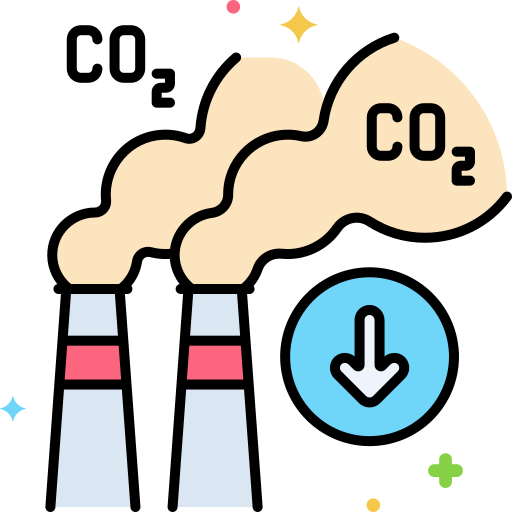
Climate science now tells us without doubt that current climate change is caused by humans. We also know that climate change is responsible for many extreme weather events like floods, fires and storms.

Today, scientists use climate models to help us understand future climate. Using huge computing power, these models simulate the climate system. We can include, or take out, any of the multiple factors that feed into the climate system, including human influence on the climate. Climate model projections help us understand what future climate would look like under a range of emissions scenarios. They help us understand how rapidly we need to cut greenhouse gas emissions and they also tell us about the possible futures we will need to adapt to.

The greatest uncertainties in climate science now come from not being sure how humans will respond to climate change and how quickly we will act to reduce emissions.
How much hotter?
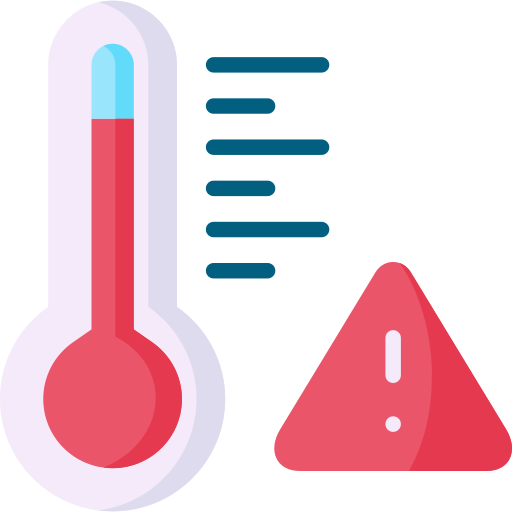
The average global surface temperature has already increased by 1.1°C since ‘pre-industrial’ times – that is, before we started burning huge amounts of fossil fuels. But remember, this is an average. Some places have heated much more – for example, the Canadian Arctic is heating four times faster than the rest of the world and has already experienced between 2°C and 4°C of heating. Climate models show us that current pledges to reduce emissions commitments, if fulfilled, have us on track for about 2.7°C to 3°C of heating by 2100. This graph shows the change in global average surface temperature since 1880:
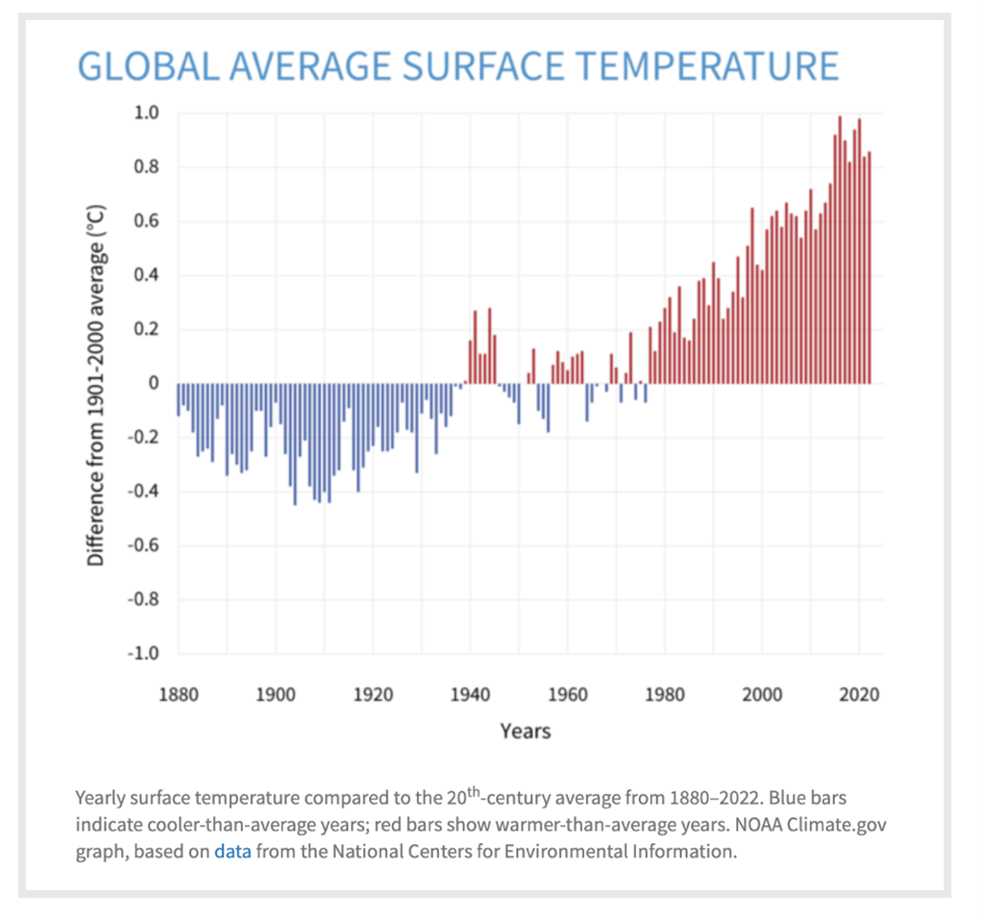
Sourced from: NOAA Climate.gov
And the ozone hole?

This isn’t directly connected to climate change and it doesn’t cause climate change. But humans did come together to agree on a way to fix this problem in our shared atmosphere with global cooperation - the Montreal Protocol has been very successful in stopping the production of gases that were damaging the ozone layer. It's a great example of what we could do on climate change.
For Teachers
You can find great resources for teaching about the science of climate change at these websites:
And check out the answers from our climate scientists on Curious Climate Schools.
Who is behind Curious Climate Schools? Curious Climate Schools is run by climate change and education researchers at the University of Tasmania. It’s funded by the Tasmanian Climate Change Office, the University’s College of Science and Engineering, and the University’s Centre for Marine Socioecology (CMS). Curious Climate Schools builds on the first successful Curious Climate project which answered climate questions in communities around Tasmania.













